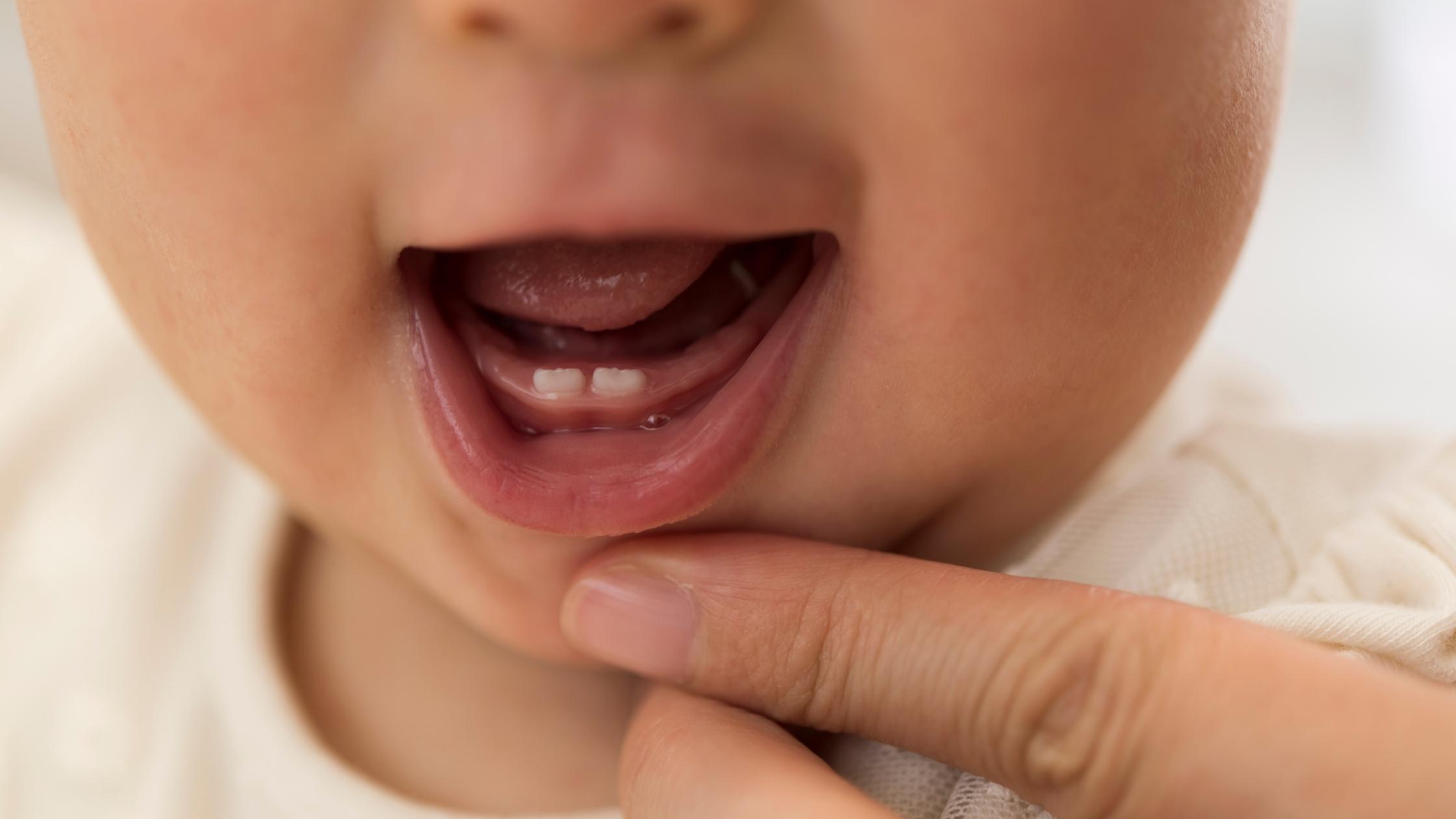
How to Celebrate a Baby’s First Birthday
It is customary to throw a birthday party for your child’s first birthday, but birthday parties are expensive and time-consuming. Plus, at […]

What is an Au Pair?
When it comes to childcare for your baby, there are many available options. Many families utilize babysitters, nannies, and family members to […]

What Are Godparents?
As a new parent, you have likely thought about how best to raise your child. You and your partner may have considered […]

What Medicines Can an Infant Have?
If your baby is feeling unwell, it may be tempting to give them something from your medicine cabinet to treat it. However, […]

Helping a Toddler with a Cough or Cold
Colds are common in young children, especially when they start interacting with other kids and going to school. Exposure to germs helps […]

Three Homemade Baby Foods
As your baby nears the six-month mark, it becomes time to start solids. Solids come in two different stages. Stage 1 baby […]

When Do Baby Teeth Come In
Most people have primary teeth inside the gums when they’re born. These teeth will come through the gums later, and the eruption […]

Three Ways to Help a Constipated Baby
Babies can go a long time between bowel movements, and for the most part, this is normal. It is completely normal for […]

What is a Sip and See?
Once your baby is born, it is natural for people to want to visit you and meet them. Traditionally, people would just […]

What is a Push Present?
New traditions are getting started all the time, and one of the more recent traditions is a push present. A push present […]

Setting Up a Baby Shower
Planning a baby shower can feel overwhelming, but it doesn’t have to be. There are many moving parts to the process, but […]

Is My Newborn Getting Enough Sleep?
Between the diaper changes and feeding sessions, newborns have a busy schedule. Babies often fall asleep during the day, but because you […]